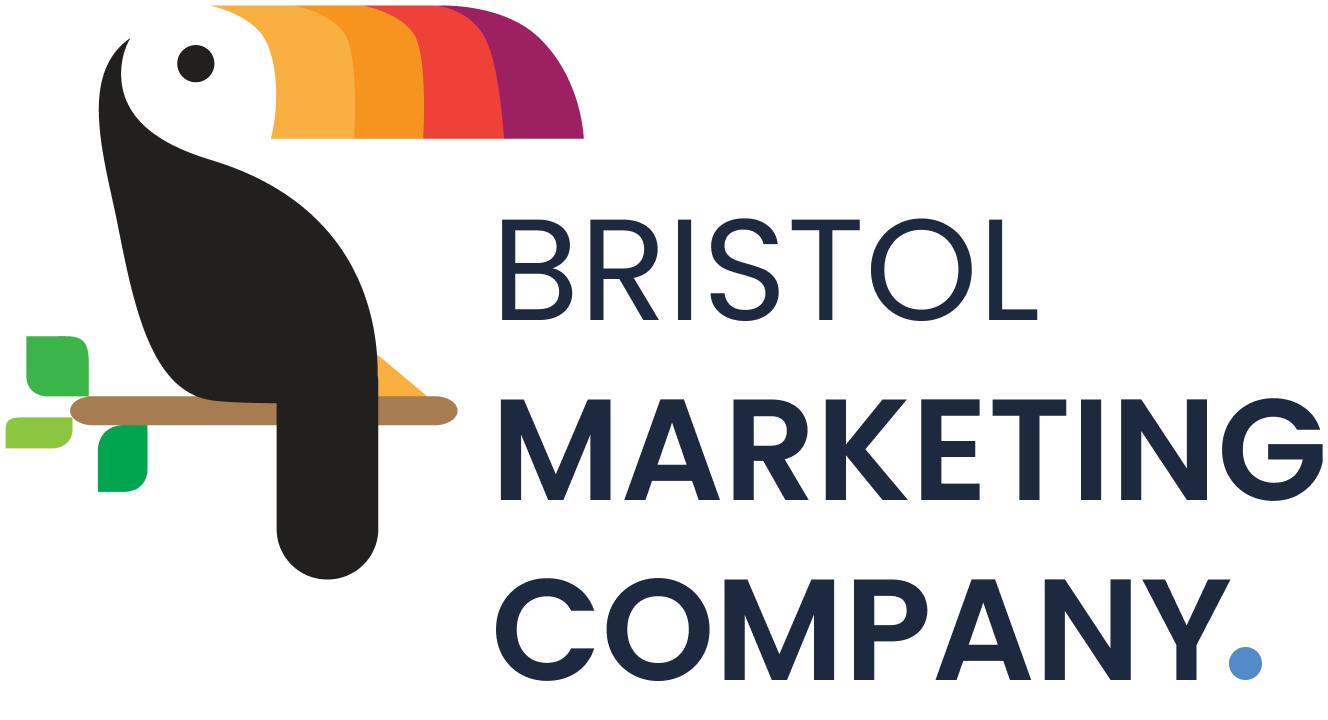What Are the Principles of Good Web Design?
What does good web design mean to you? To some, it is about beautiful sites with large images and plenty of white space. To others, it means well-organized content that is easy to scan. Many people have asked me what I think makes a site “good,” so I’ve put together a list of the principles that can help.
Accessibility (Universal Design) Principles
Navigation, buttons, and other interactive elements should be large enough for users with disabilities (such as visual impairment or motor skills issues) to use them easily. Sites should also be designed to work well with assistive technologies like screen readers so they can properly convey content to users who are not able to see it directly. Links should have the descriptive text so they are understandable by users who navigate the site without graphics turned on or those screen reading software.
Engagement & Conversions Principles
Website design is imperative for boosting conversions. The design is the first point of contact and the first impression is everything for the user, and it has a direct link with their propensity to directly purchase. Good website design includes interactions, engagement and clear call-to-action.
A website should constantly aim to deliver engagement. Engagement is a powerful website tool that needs to be given emphasis by website designers because it has the capability of driving sales up significantly. The website design should take into consideration that website visitors are fickle and they can leave your website at any time without even looking back. Consequently, website owners should make efforts to ensure that the website surfing experience will keep them on their website for as long as possible. If this can be done, website owners will definitely benefit from better conversion rates which will ultimately translate to better revenue generation for business owners.
Website Design Optimisation
You need website optimization for better website performance. This includes the basics like website speed, website page size and website hosting/server configuration. These simple steps can help to boost your website conversion rates and increase your website engagement.
The quality of text on your pages is very important. Does it make sense? Is it well written? Clear? Concise? Search engines love all of these things because they help search engines understand exactly what you are trying to say (and trust me, Google will punish you if she cannot understand what you are saying). Make sure that the content on your site matches the topic that you are talking about!
Website Hosting Principles
Good website design also includes the technical elements of a website. Things like hosting and server configuration are very important as they will affect the speed at which your site loads up in. The slower it takes to load, the less likely visitors will stick around…
Include good high-resolution images on your pages! They make an average website look great and a great website extraordinary. Make sure that those images do not weigh down your page though! If Google has to take an extra five seconds or so to load up all of those huge images how can she expect her users to wait? Remember speed counts.
Responsive Web Design Principles
The website’s content should be easily readable and clearly visible. The website must load quickly on both desktop and mobile devices. Content must be presented in an organized fashion that is easy to follow. Navigation should remain consistent across various website pages. The website must be compatible with various browsers.
When website visitors are using a mobile device, they should be able to access everything that can be accessed on the website when using a desktop computer. This is known as responsive web design. Responsive sites adjust their layout so it looks good and works well on all devices, from large monitors to small smartphones. Responsive website design means that users who visit your website with their smartphone will still have an easy-to-use experience even though the site has been designed for larger screens in mind. In addition, a website with good web design will not cause any technical problems for users as they browse through your website.
Some website designers take advantage of the popularity of responsive websites by telling their clients that if they want a website which looks bad or has navigation issues when being viewed on a mobile phone, then a separate site should be built for mobile visitors only. This is not always the best choice though because search engines may penalize you if you do this and it can usually end up costing more money in the long run.
Consistent Website Color Scheme
Clear and coherent use of brand colours will help reinforce the brand identity into the website users mindset. Good web design should be aesthetically pleasing to you and your target audience. This means that your website’s colour scheme, layout, images, content types (static or dynamic), and other features need to make sense in the context of your brand identity. Good web design should accomplish these aims without adding too much clutter or making users feel overwhelmed by information or options. The key here is presenting only the most important elements while keeping it simple enough for users to understand.
Your design should flow nicely. You should use only a few colours and be sure that they complement one another, and are easy on the eyes no matter what device the user is on. Be sure to maintain consistency with your colours, so your user understands the colour’s purpose. It is an excellent idea to research the psychology of colour to properly convey the emotion you wish to. For example, for a creative website, many designers go with orange as one of the primary colours, since orange stands for Innovation, creativity, thinking, and idea generation.
Your design should be familiar enough to users so that they do not feel lost or confused. The user should immediately understand what your site is about, and how to interact with the website’s different pages. One way around this problem is to use a lot of transitional animations, but if these are overused it will become annoying to the user.
Website User Experience
The route of the User on a website should be strategically mapped and support with real market data. High-quality website design teams will consider all aspects of the UX (user experience) and use it to increase engagement and conversions.
A “distinctive” website uses colour, text and user interfaces to enhance the brand of the company. They will also consider which features should be prioritized on a landing page and what can be omitted from it. A distinctive website will have clear colour choices to ensure user engagement.
Some of the best practice of UX design is to build a website with minimal text, distraction-free landing pages and the use of colours to highlight key areas for users. The site should also be regularly updated, fast to load and work on all devices. A well-designed website uses techniques that are relevant for its target audience. For example, websites targeted at younger audiences would benefit from using vibrant, bubbly imagery while those aimed at business executives would not.
Good web design is like good architecture; it serves an intended purpose but reflects the values of its creators, integrating itself into its environment gracefully without calling too much attention to itself.
Relevant Content
Good website content helps users understand your website’s products, services, and brand. The principles of good web design are all about strategy. With so many different website options to choose from these days, it is important that your website stands out among the rest. Having great website content will create a positive user-experience for everyone who visits your site. Your content should be relevant to your niche and provide value to your primary audience. What type of information will the user be looking for? Try to answer their questions before building the website.
Content should encourage website visitors to take some sort of action, whether that be signing up for your newsletter or purchasing a product. The website content needs to match the website design. There is no point in having two separate entities that do not work together as one unit. Using great website content with an amazing website design will attract users and keep them on your website for longer periods of time. Website content writing follows all the rules of good copywriting. It should be helpful, informative, concise, easy-to-read, and focused on the user’s needs.
Website Loading Speed
As website design evolves and new website technologies emerge, website loading speed will remain a critical concern. With the growing shift towards mobile web browsing, website owners can no longer rely on fast page load speed as an added bonus to their sites—it has become a necessity for good website design . Today’s website users expect pages that load within two seconds or less. In addition, visitors who have issues with website loading time are more inclined to bounce from your site or take other measures to find what they want faster.
The search engine results page (SERP) is crawling with websites and blogs offering tips and tricks for improving your website’s loading time and user experience. While many of these resources offer useful suggestions, it can be difficult to separate reliable, actionable advice from information that may not work as well as promised. Every component you add to your website requires time for the user’s browser to load it into their computer screen. The more you ask of a site visitor, the longer it will take to create a functional website.
The website loading speed is one aspect that affects the website’s search engine rankings in a negative way. Google has announced that website loading time will be a ranking factor, thus creating a sense of urgency throughout the web design community about website optimization. All these factors add up to lower website conversions and potential lost revenue for your business per user visit.
Website Design Blog Summary
Whether you’ve never had a website, or are looking to update your current design for the first time in years, it might be worth taking some time out of your day to get familiar with these web design principles. A good website design should be accessible, engaging and conversion-oriented. It’s also important to consider the web hosting principles that keep your website up with high speed performance. If you’re looking for a professional designer who can help you put together an effective site based on these guidelines, get in touch today! We’ll work closely with you to create a plan that will suit your needs perfectly while driving more sales for your business online. We have experts ready and waiting to work on an SEO campaign or digital marketing plan that will drive conversions by considering all aspects of user experience. Which principle has been most helpful in creating successful websites?




